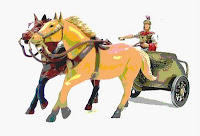Racers
Established Member
- Joined
- 22 Apr 2005
- Messages
- 9,172
- Reaction score
- 136
What about an Olympic sized swimming pool and a double decker bus they are favourites of every news channel.Everyone knows this is all just flim-flam. There are only four units of measurement that count: a gnat's nadger, a tennis court, Wales, and a double decker bus.
Pete

































